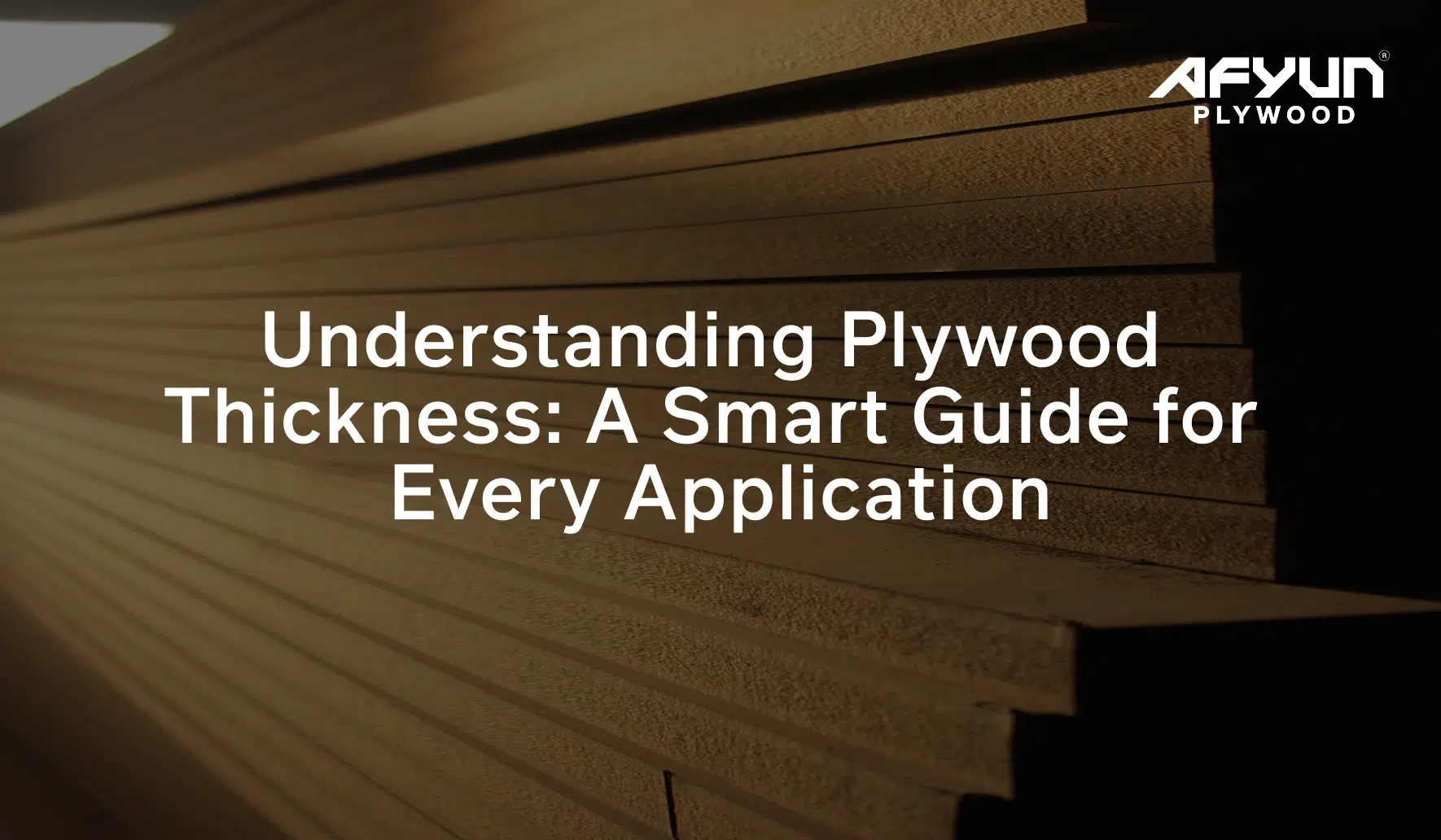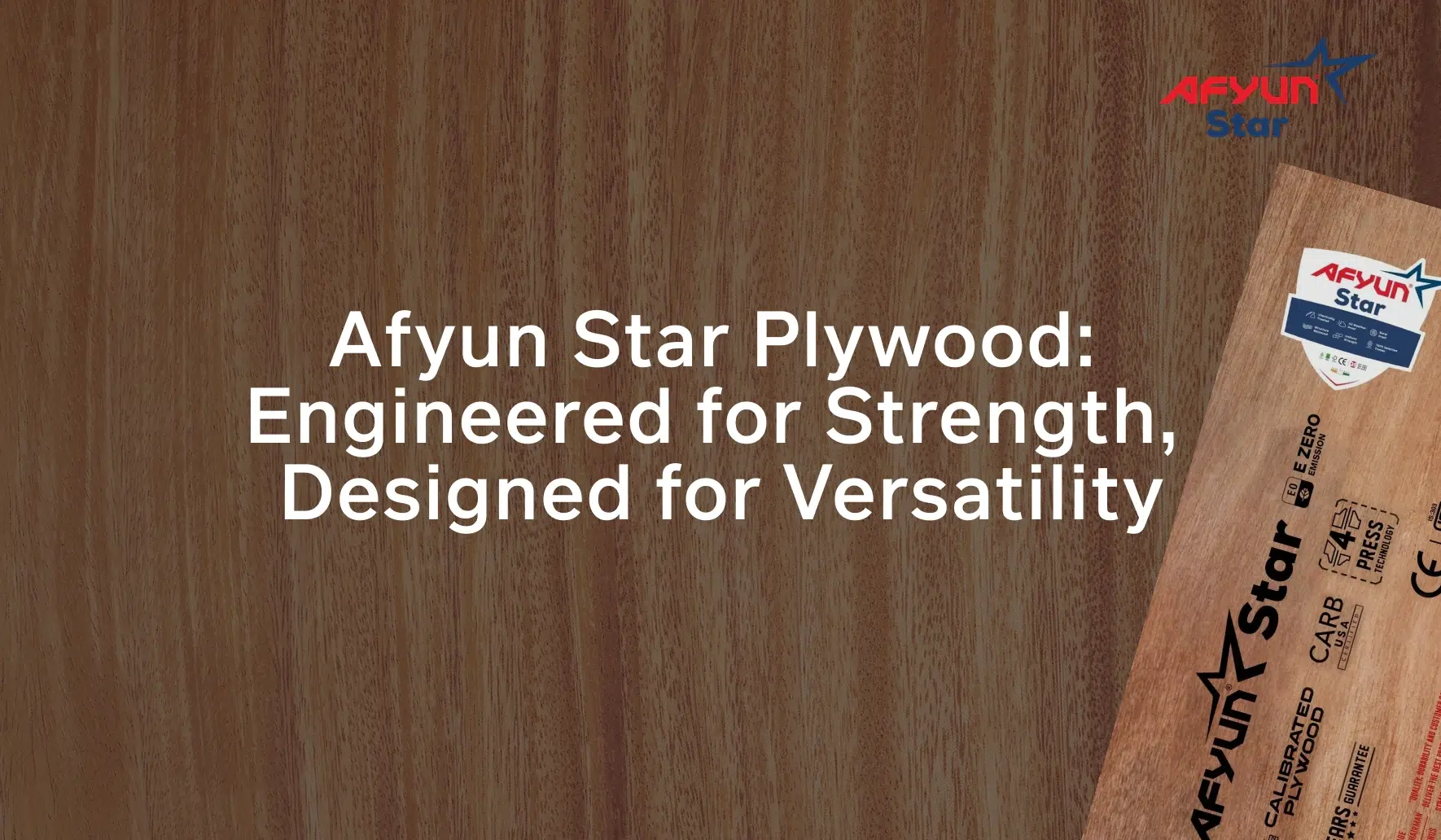Acoustic design is no longer limited to music studios and concert halls. From modern offices to classrooms and home theatres, sound quality plays a vital role in how spaces function and feel.
Poor acoustics can lead to:
– distractions
– lack of speech clarity
– and listener fatigue
One of the most effective ways to improve a room’s acoustic quality is through the use of specialised panelling, and plywood is proving to be a strong contender in this space.
This blog explores why plywood works well for acoustic panels, how it compares with other materials, and what design considerations are necessary to achieve the best results. We’ve included data-backed insights and referenced expert sources to help you make an informed choice.
Why sound control matters
Before diving into materials, it’s important to understand why sound control is crucial in certain environments. Poor acoustics can lead to issues like echo, reverberation, and sound leakage problems that can affect communication, concentration, and user experience.
Common places that require acoustic control
- Recording Studios: For soundproofing and reducing external noise.
- Home Theatres: To enhance sound clarity and cinema-quality audio experience.
- Conference Rooms: To avoid sound leakage and improve speech intelligibility.
- Offices and Co-working Spaces: For privacy and noise reduction in shared environments.
- Schools and Libraries: To maintain quiet zones and reduce distractions.
- Hospitals and Clinics: For patient privacy and stress-free atmospheres.
- Auditoriums and Cinemas: To deliver high-quality sound and minimize echo.
All these spaces benefit from materials that either absorb or diffuse, or block sound and that’s where plywood comes into play.
Why plywood works well for acoustic panelling
Plywood isn’t just a go-to material for construction, it also excels in acoustic applications when used appropriately. Its affordability, strength, and availability in a wide range of thicknesses and grades make it a versatile choice for effective sound control solutions.
Key Benefits of Plywood for Acoustics:
– Vibration Damping: Plywood can absorb sound vibrations, helping to reduce noise transmission.
– Structural Versatility: It can be cut and shaped easily for both functional and decorative acoustic panels.
– Compatibility: Works well as a backing material for acoustic foams, fabric panels, and perforated sheets.
– Eco-Friendly: Available in sustainable variants, it’s a greener alternative to synthetic acoustic boards.
– Cost-effective: Offers a high-performance solution without the premium pricing of engineered acoustic panels.
Plywood soundproofing and acoustic efficiency
While traditional acoustic panels rely on foam or fabric layers, soundproof plywood has emerged as a reliable structural solution for controlling noise across various environments. Its dense core and layered veneer composition make it effective in reducing airborne and vibration-based noise.
For professional installations such as home theatres, recording rooms, or conference halls, plywood soundproofing systems deliver durability along with superior performance. Compared with bare walls or synthetic boards, plywood sound absorption panels dampen reflections and prevent sound leakage through their strong yet flexible layers.
Whether used as wall cladding, ceiling lining, or furniture backing, plywood for soundproofing achieves consistent results when paired with acoustic insulation materials like mineral wool. Many clients choose sound insulation plywood as a practical middle ground between affordability and functional performance.
Types of acoustic paneling with plywood
Plywood is used in various acoustic panel types, either as the main surface or as a structural component.
1. Perforated Plywood Panels
Small holes are drilled through the plywood to allow sound waves to pass through and be absorbed by an insulation layer behind it.
Ideal for large halls, studios, or classrooms.
2. Grooved Plywood Panels
Feature parallel grooves on the surface with perforations beneath to absorb mid- and high-frequency sounds.
Commonly used in boardrooms and modern office interiors.
3. Wood Wool Plywood Boards
Combine wood fibers and cement or resin binders with plywood backing.
Excellent for industrial spaces and schools due to durability and sound absorption.
Ideal plywood thickness for soundproofing
Choosing the right plywood thickness determines both sound quality and structural stability. For most acoustic designs, 18mm soundproof plywood provides excellent sound isolation thanks to its mass and density, while 16mm plywood is preferred where lighter weight or sleek profile is required.
When creating multi-layer systems such as soundproof subfloors or acoustic plywood flooring, combining multiple layers of 16mm or 18mm plywood with damping sheets significantly improves low-frequency absorption. These combinations are common in studio floors, office ceilings, and modular wall systems.
Choosing the right plywood for acoustic applications
Not all plywood is created equal when it comes to acoustics. Choosing the right kind can significantly improve sound performance.
Factors to Consider
– Thickness: Thicker panels offer better sound isolation. Typically, 12mm to 18mm is used for acoustic applications.
– Core Type: MR-grade or BWR plywood is often preferred for interior paneling, while marine-grade may be used in humid conditions.
– Surface Finish: Smooth finishes are suitable for decorative panels, while unfinished plywood is better for hidden installations.
– Perforation Pattern: For visible panels, select patterns that align with aesthetic and acoustic needs.
Home theatre and interior acoustic design
Designing a modern entertainment room demands materials that both enhance sound and elevate aesthetics. Using home theatre plywood for walls and ceilings creates a rich acoustic environment that supports cinematic sound quality.
Decorative plywood panelling with perforations or slats can balance form and function, hiding acoustic insulation behind while giving interiors a premium wood finish. Integrating plywood backing panels into designs further reinforces vibration control and improves the soundfield uniformity.
For homeowners seeking immersive experiences, plywood vs drywall soundproofing systems show that plywood’s structure performs better in vibration control and sound durability, especially when paired with sealants and resilient mounting systems.
Installation tips for optimal acoustic performance
Proper installation is just as important as material selection when aiming for effective sound control.
– Leave Air Gaps: A small gap between the plywood panel and the wall can enhance sound absorption.
– Use Acoustic Insulation: Pair with mineral wool or acoustic foam for higher absorption rates.
– Secure Fastening: Ensure that panels are securely fixed to prevent vibrations that may affect sound quality.
– Seal Edges: Gaps around the panel edges can leak sound—use acoustic sealant for airtight installation.
Acoustic design ideas using plywood
Plywood doesn’t just serve a functional purpose, it can also add a stylish element to interior spaces.
Creative Applications
– Slatted Wood Panels: Add vertical or horizontal plywood slats over acoustic felt for a modern, textured finish.
– Geometric Perforations: Combine form and function with patterned perforated plywood for artistic flair.
– Ceiling Clouds: Suspended plywood panels can absorb sound while creating architectural interest in large rooms.
Creative and sustainable acoustic applications
Beyond walls and ceilings, sound ply and acoustic ply are also being used innovatively in décor and design. Creative features such as perforated ply panels can shape soundscapes while maintaining architectural beauty.
For example, plywood acoustic panels used in cafes or classrooms double as visual elements and noise absorbers. Even non-acoustic items like plywood planters and artistic elements built from plywood guitar-grade veneers showcase how versatile this material remains across applications.
By integrating design flexibility with eco-conscious standards, plywood soundproofing solutions bridge the gap between acoustic control and sustainable construction design.
Environmental and safety considerations
Acoustic performance shouldn’t come at the expense of sustainability or safety. Here’s what to look for:
- Formaldehyde Emissions: Choose low-emission plywood that meets CARB Phase 2 or similar standards to ensure indoor air quality. For instance, many of Afyun plywood come with CARB certification.
- Fire Ratings: Acoustic panels in public buildings often require Class A fire ratings. Fire-retardant treated plywood is widely available.
- Sustainability: Look for FSC or PEFC certifications that verify sustainable sourcing practices.
Summary
Plywood is more than just a budget-friendly construction material. It is also a high-performing option for acoustic panelling. When perforated and combined with appropriate insulation and installation techniques, plywood panels can dramatically improve the sound quality in any space.
From design flexibility to high NRC ratings, plywood meets both aesthetic and functional requirements. Need high-quality plywood? Check out Afyun. We have a range of plywood from water-resistant plywood, to fire-retardant plywood and waterproof plywood. Contact us for more details.
Other Locations
Plywood Suppliers in Kerala | Plywood Suppliers in Bangalore | Plywood Suppliers in Chennai | Plywood Suppliers in Hyderabad | Plywood Manufacturers in Mangalore | Plywood Manufacturers in Coimbatore | Plywood Manufacturers in Tamilnadu | Plywood Manufacturers in Mysore | plywood manufacturers in india | Plywood Manufacturers in Kerala | Plywood Manufacturers in Bangalore | Plywood Manufacturers in Chennai | Plywood Manufacturers in Hyderabad | India to saudi plywood exporters | Fireman plywood









